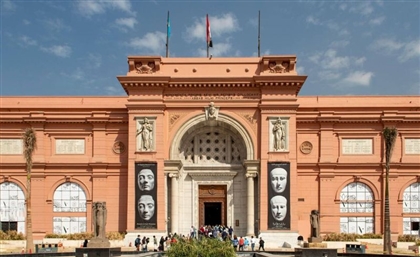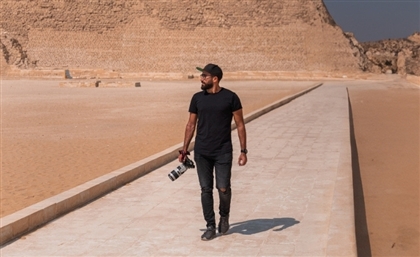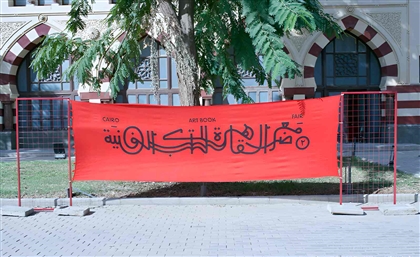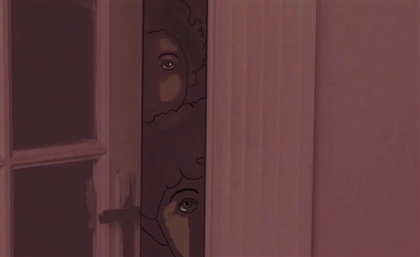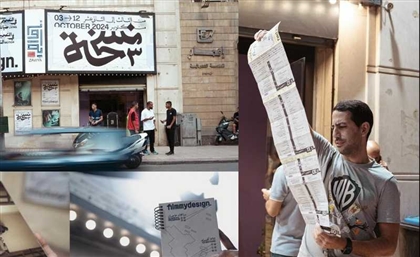Egyptian Museum in Tahrir Opens Exhibit of Amenhotep III Palace Murals
Permanent exhibition assembles restored paintings from King Amenhotep III’s Malqata palace for the first time since their 19th-century discovery.

The Egyptian Museum in Tahrir has opened a new permanent exhibition showcasing wall paintings from the palace of King Amenhotep III at Malqata, west of Luxor. Inaugurated by Dr. Mohamed Ismail Khaled, Secretary General of the Supreme Council of Antiquities, and Mr. Andreas Fiedler, Head of Cultural Affairs at the German Embassy in Cairo, the exhibition marks the first time these murals are displayed together since their discovery in the late 19th century. The collection, previously scattered across multiple galleries, has been restored and curated into a single space through a collaboration with the University of Munich and funding from the American Research Center in Cairo. The exhibition highlights the artistic and historical significance of the murals, which once adorned the walls, floors, and ceilings of Amenhotep III’s royal palace. Positioned in Room 13 of the museum, the display includes vivid examples of early Amarna art, which influenced artistic developments during the reign of King Akhenaten. The exhibition also features related artefacts, including a statue of the scribe Amenhotep son of Hapu, a head of Queen Tiye, and a vessel inscribed with her name, providing a broader historical context. The palace of Amenhotep III remains one of the most extensively documented royal residences of ancient Egypt. Built late in the king’s reign, it served as the venue for the Sed Festival and was renowned for its intricate decorations and vibrant wall paintings, which are now preserved for public viewing in a single cohesive display.
- Previous Article Keinemusik Joins Abu Dhabi Grand Prix’s All-Star Lineup
- Next Article Six Unexpected Natural Wonders to Explore in Egypt









